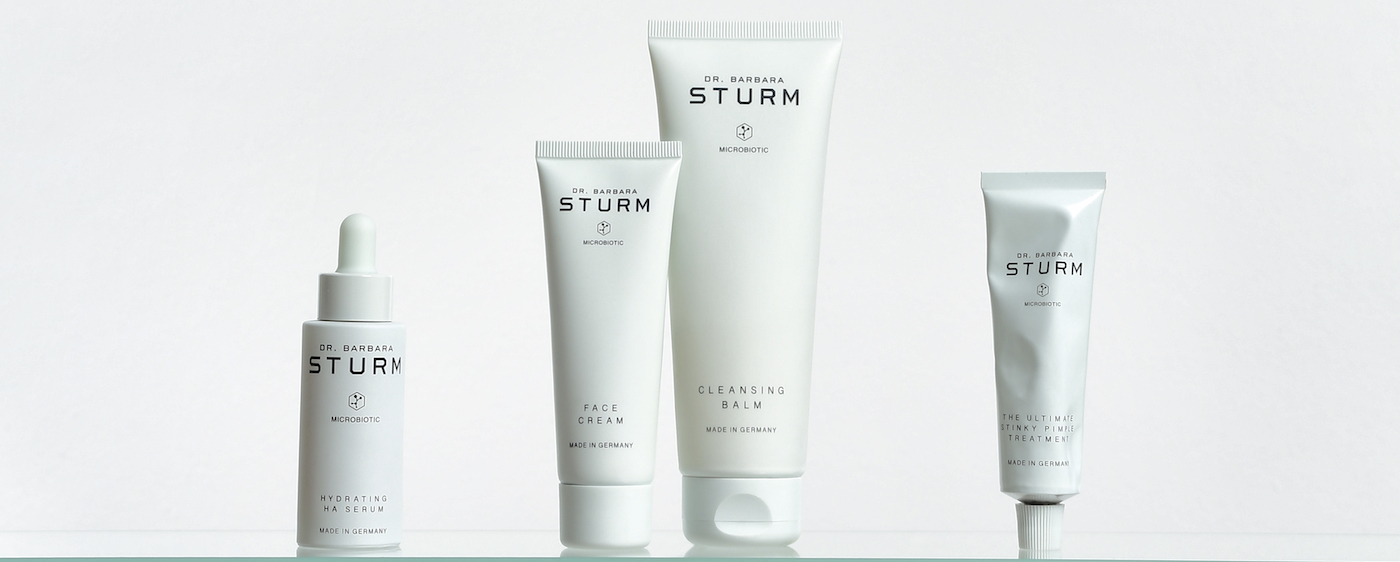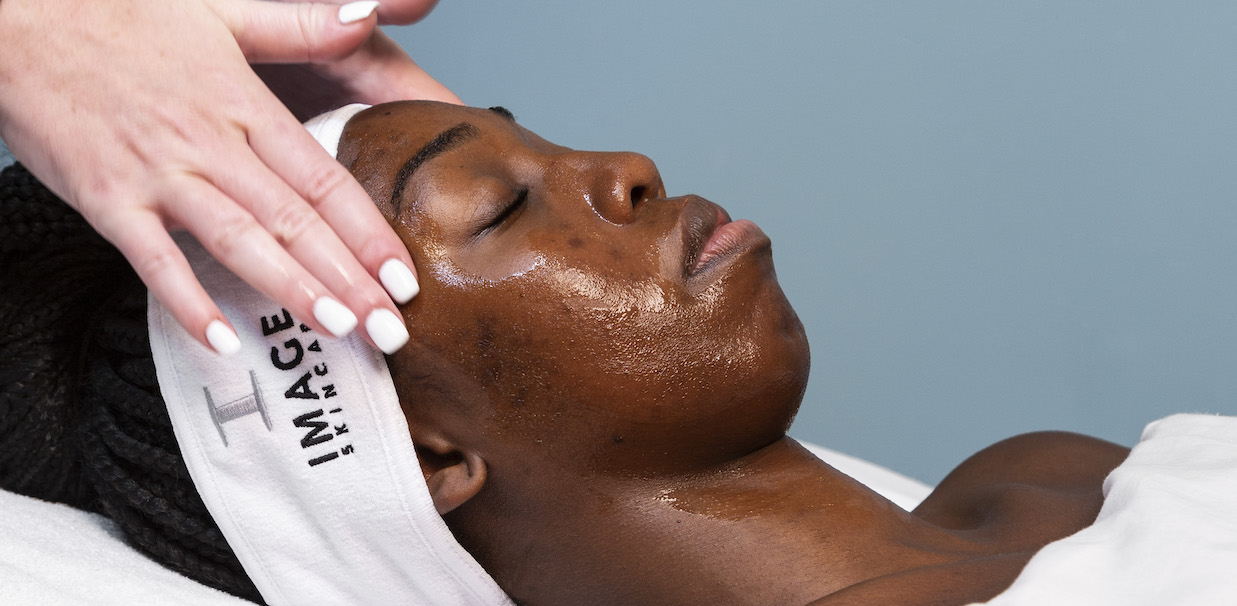Beauty & Wellness Briefing: Luxury beauty goes after Gen Z
This week, I look at how Gen Z’s influence in the luxury beauty world is expanding.
Since Jan. 2022, multiple luxury beauty brands have launched campaigns or product collections directly targeting younger customers. The stalwart that is Chanel kicked off the year with the launch of a clean beauty line called No. 1 de Chanel, available on its DTC e-commerce site. In sync, its namesake beauty brand launched at Ulta Beauty. Then, in March, SK-II released a campaign with K-Pop artist Mina from the girl group Twice via her self-directed film series about self-care. This was quickly followed by YSL Beauty tapping 27-year-old actress Indya Moor as its newest U.S. brand ambassador. YSL Beauty previously created a five-piece diffusion collection called Nu in Aug. 2021. And when Dr. Barbara Sturm introduced her Microbiotic Collection on May 5, it was with a clear vision to address younger consumers’ skin needs.
“The [Microbiotic] Collection targets the balance of three aspects of the skin’s ecosystem: the microbiome, the inflammatory and the repair responses of the skin barrier function. It [also] offers protection against photodamage,” said Dr. Barbara Sturm, CEO and founder of her eponymous brand. “I see this as programming the skin in the early years for long-term skin health and youth as the skin ages.”
The collection’s formulations aim to strengthen and balance the skin’s microbiome through probiotics and prebiotics meant to heal and prevent acne inflammation. The collection’s four products range in price from $45-$100, a steal compared to the brand’s usual range of $100-$360. Unlike the brand’s existing Clarifying Collection, which also addresses acne, the Microbiotic Collection does not contain anti-aging benefits. Dr. Barbara Sturm said most of her brand’s customers are in their late 20s and older.
In many ways, Dr. Barbara Sturm has been setting the stage for a Gen-Z-focused collection for years. Since 2020, the brand has operated a college ambassador program to raise brand awareness and drive product trials. The program is now in its fourth semester, with each term consisting of virtual events with Dr. Sturm and her daughter Charly, content creation modules, and free product trials for ambassadors and their friends. The program is open to all schools and currently includes an undisclosed number of students from the University of Alabama, the University of Texas at Austin, the University of California, Berkeley and Columbia University, among others. In 2020, Dr. Sturm also created a Skin School series of videos tailored to the fundamentals of skin care that lives on the brand’s DTC e-commerce site.
Dr. Sturm said she was motivated to produce the Microbiotic Collection because of what she saw in her clinic: young women asking for “quick-fix” solutions to acne scarring and even Botox to prevent aging. From these conversations, she understood the lack of education younger consumers have on skin care, specifically the skin’s barrier function and inflammation. Dr. Barbara Sturm stores and spas also offer a “Teenager Facial” to address breakouts, redness and irritation.
“This generation grew up understanding and placing importance on the link between their physical, emotional and mental well-being,” she said. “I have been advocating an anti-inflammatory lifestyle for many years. This extends beyond skin care to movement, nutrition, sleep and mental health. This holistic approach to wellness is a commonality between brand and audience.”
Other luxury brands are finding that they already have a large Gen-Z customer base. Charles Rosier, CEO of Augustinus Bader, said 30% of DTC e-commerce customers are younger than 25-years-old. Augustinus Bader will launch a lighter version of its facial moisturizer called the Light Cream on June 15. Although it is not explicitly formulated with Gen Zers in mind, Rosier pointed out that younger customers with more sebum production would find this moisturizer better for their skin than the original thicker version.
Augustinus Bader’s existing products come in 15-, 30- and 50-milliliter sizes, with prices from $22-$350. Smaller sizes and smaller price points certainly help make the luxury brand more financially digestible for younger consumers who do not have large expendable incomes. Varying smaller sizes have existed since 2020. The Light Cream will launch in a 30-milliliter bottle, with plans to launch a 15-milliliter option at a later date. The brand is transitioning all of its products to a refillable system, which presently only exists for 15- and 30-milliliter-sized products.
Travel sizes have become a mainstay favorite for customers to test out products beyond sample sachets, and Dr. Barbara Sturm even included a prominent “Candy Shop” of travel size products when the brand relaunched its e-commerce site in Sept. 2020. In addition, payment installment partnerships with retailers like Sephora have been a boon for luxury brands like La Mer.
Despite Augustinus Bader’s reputation as an anti-aging brand, Rosier said the proprietary TFC8 complex that underpins all of the brand’s products focuses on skin regeneration. This is helpful when reducing or preventing wrinkles, but it also helps with inflammation and rosacea, and “heals” the skin, he said. He credits word of mouth and positive press coverage for Gen Z’s brand awareness, rather than any specific brand tactic.
“[Gen Zers] are looking for brands with transparency that have a mission and a positive impact, and care about sustainability,” he said. “Skin care is now an extension of that and of how you take care of your[self]. The younger consumer is very focused on that and aware of that.”
Puig acquires a majority stake in Byredo
The Spanish privately-held conglomerate’s majority stake acquisition of the buzzy fragrance brand came as a plot twist on Tuesday after multiple news outlets reported on rumors that L’Oréal would buy the brand. Puig made a splash in 2020 when it announced a majority stake acquisition of Charlotte Tilbury, reportedly beating out Unilever and The Estée Lauder Companies at the time. Puig counts other owned and licensed fragrance brands in its portfolio including Carolina Herrera and Christian Louboutin. Though terms of the Byredo deal were not shared, majority stake acquisitions have become a popular tactic within M&A since 2019.
Inside our coverage:
Men’s skin-care brand Geologie looks to Web3 to attract shoppers.
How beauty brands responded to the mass shooting in Uvalde, Texas.
U.K. brand Skin Proud launches a Twitter bot to support mental health.
What we’re reading:
Unilever acquires Nutrafol.
Sustainable packaging startup Shellworks scoops up $6.2 million in funding.
Koa beauty brand is on a mission to honor its Hawaiian heritage.


:quality(70):focal(2157x1833:2167x1843)/cloudfront-eu-central-1.images.arcpublishing.com/businessoffashion/D5ZIZRU455AHFBTM2F6XFX7RZQ.jpg)
:quality(70):focal(1395x245:1405x255)/cloudfront-eu-central-1.images.arcpublishing.com/businessoffashion/E3OYCID6KFHB7B6N63LUHW4Z2E.jpg)

